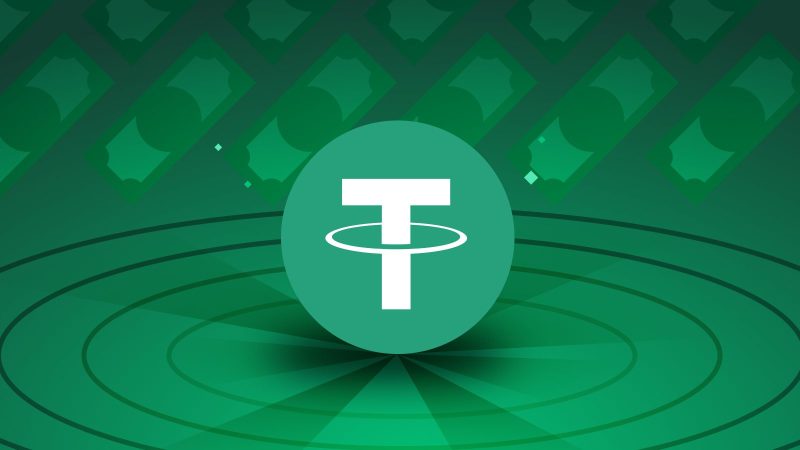Stable, a Bitfinex-supported project, has officially launched Stablechain, a groundbreaking Layer 1 blockchain where USDT (Tether) serves as both the gas token and settlement currency. Introduced in late June, Stablechain aims to make stablecoin transactions faster, cheaper, and more accessible—especially in regions where stablecoins are already widely used.
What Makes Stablechain Different?
Stablechain isn’t just another blockchain; it’s designed from the ground up with stablecoin efficiency and simplicity in mind. Here’s what stands out:
- USDT as native gas: Users no longer need to manage separate tokens for transactions—USDT handles everything.
- Sub-second finality: Transactions finalize in under a second, making real-time payments possible.
- Free peer-to-peer transfers: With LayerZero integration, USDT₀ transactions are gas-free, ideal for remittances and micropayments.
- Institutional features: Tools like batch processing, private transfers, guaranteed blockspace, and social-login wallets cater to enterprise needs.
- Scalable roadmap:
- Phase 2 introduces parallel execution and enterprise aggregators.
- Phase 3 transitions to a DAG-based consensus system and expands developer tools.
Why Stablechain Matters Now
Stablechain’s release comes as Tether, the issuer of USDT, continues to dominate the stablecoin market, holding over 60% of market share and reporting a $13 billion profit in 2024. The network aims to address several key challenges in the crypto ecosystem:
- Real-world usability: Embedding USDT into the core architecture removes barriers for everyday users, especially in developing markets.
- Unified liquidity: By focusing on Tether-native infrastructure, Stablechain helps reduce fragmentation across different blockchains.
- Enterprise readiness: Features built for compliance and operational efficiency position it as a strong candidate for institutional adoption.
Stablechain’s approach—making USDT the cornerstone of blockchain transactions—could redefine how stablecoins are used in everyday finance. With its emphasis on speed, usability, and regulatory alignment, the platform has the potential to transform stablecoin-based payments into an experience as smooth as traditional banking.
